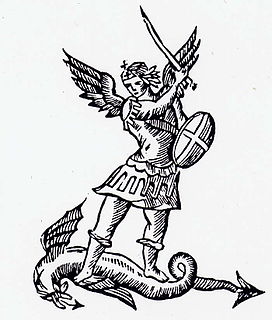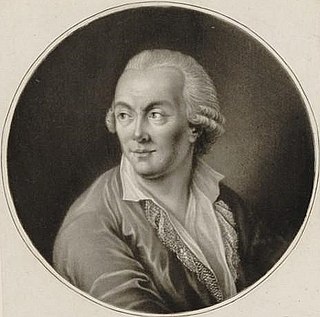 W
WThe United Belgian States, also known as the United States of Belgium, was a confederal republic in the Southern Netherlands which was established after the Brabant Revolution. It existed from January to December 1790 as part of the unsuccessful revolt against the Habsburg Emperor, Joseph II.
 W
WIn Brussels, like in most European cities, one needed the capacity of bourgeois in order to not only exercise political rights, but also to practice a trade, which, in Brussels, meant to be a member of the Guilds and/or of the Seven Noble Houses. The charter of Brussels, as codified in 1570 in articles 206 and following, provided the conditions of admission to the bourgeoisie of the city. The Bourgeois were the patrician class of the city. This social class was abolished by Napoleon during the French occupation.
 W
WThe coinage of the United Belgian States was only produced during the state's one-year existence in 1790, following the Brabant Revolution, but provided a strong numismatic influence for the coinage of Belgium after its independence in 1830.
 W
WThe Four Days of Ghent refers to a battle in Ghent, the capital of Flanders, from 13 until 16 November 1789, in which the Imperial Army of the Holy Roman Empire was driven out of the city. It was a crucial event during the Brabant Revolution: the Patriots received a major boost by taking this first large city, and the authority of the Austrian Netherlands was beginning to disintegrate. Within two weeks, the Treaty of Union was drafted, that would establish the independent republic of the United Belgian States on 11 January 1790. On 4 January 1790, Flanders declared its independence from the Habsburg Monarchy by the Manifesto of the Province of Flanders.
 W
WThe Manifesto of the Province of Flanders was the declaration of independence of the county of Flanders on 4 January 1790, during the Brabantine Revolution. On this day, the States of Flanders "solemnly declare[d] in the name of the People, the province of Flanders to be an independent State, and definitively withdrawn from its loyalty and obedience to emperor Joseph II, count of Flanders, and from the House of Austria." The States also declared "all officials, lieges and other servants, whoever they may be, free and absolved from all concluded and indebted contracts, and discharged from every oath done to the fallen count of Flanders."
 W
WThe Seven Noble Houses of Brussels were the seven families or clans whose descendants formed the patrician class and urban aristocracy of Brussels.
 W
WThe Sovereign Congress, was the legislative assembly created on 11 January 1790 by the Treaty of Union which established the United Belgian States. Its primary task was to manage the sovereignty of the independent territories of the United States of Belgium during the Brabant Revolution.
 W
WThe Statists were a conservative political faction in the United Belgian States during the Brabant Revolution (1789–1790). They were led by Henri Van der Noot and fiercely opposed to the more radical "Vonckist" faction, led by Jan Frans Vonck.
 W
WThe Treaty of Union was a treaty that led to the creation of the United Belgian States, a confederal republic of the territories of Brabant, Flanders, Hainaut, Namur, Limburg, Guelders, Mechelen, and Luxembourg. It came into effect on 11 January 1790.
 W
WThe Vonckists were a political faction during the Brabant Revolution led by Jan Frans Vonck, opposed to the more conservative "Statists".